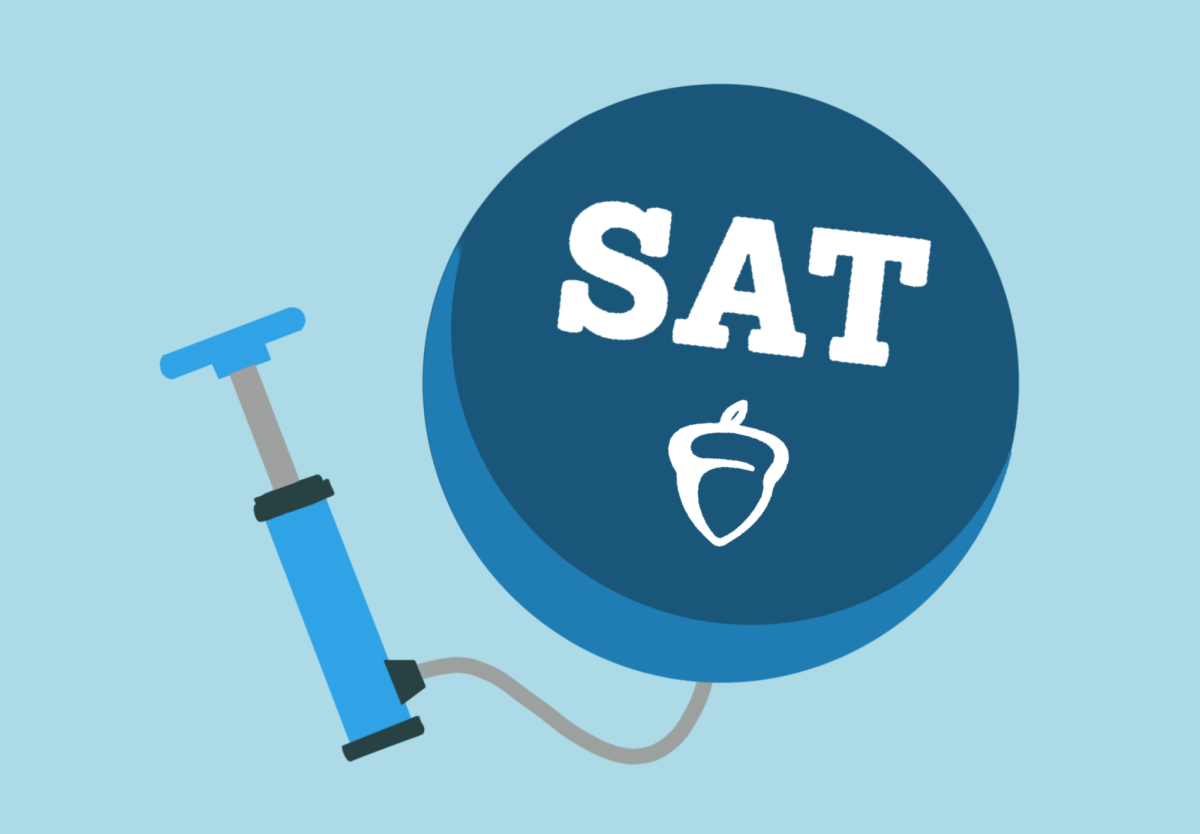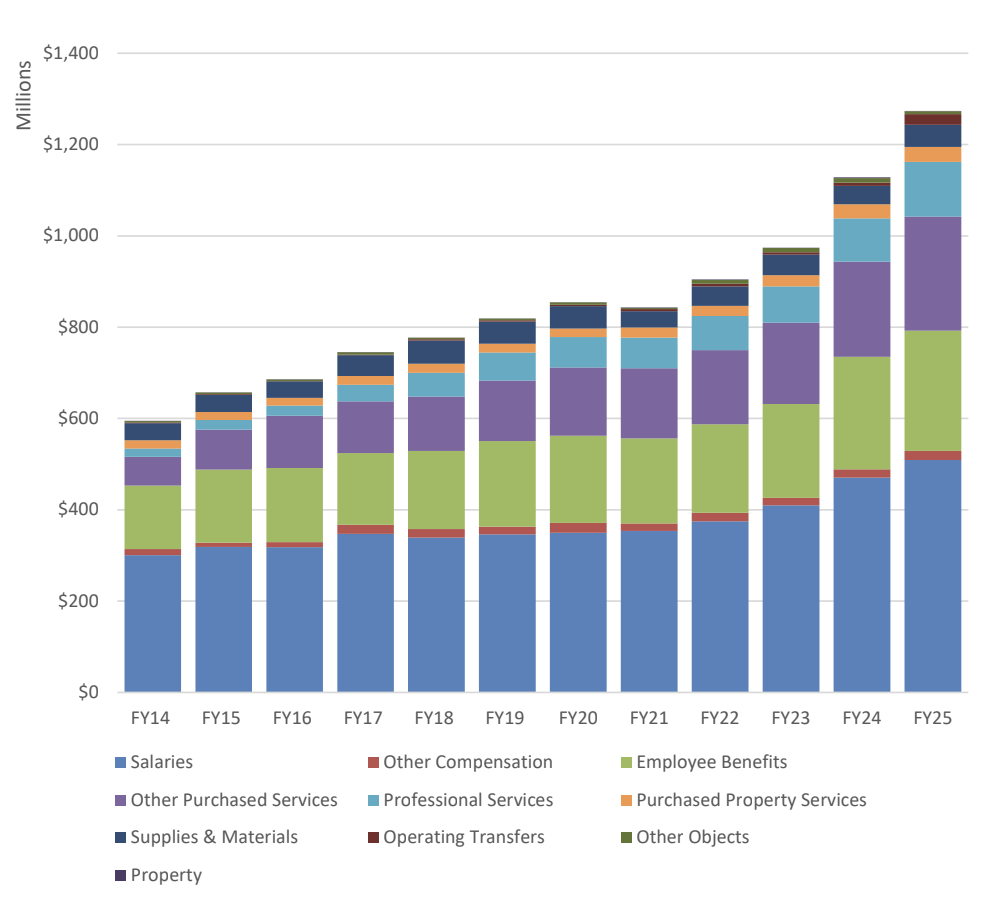The SAT, a cornerstone of college admissions, recently underwent significant changes and modernized to a digital format to level the playing field for students with learning disabilities. These changes to the SAT, while intended to help students with learning disabilities, risk inadvertently lowering expectations for all students.
For students with conditions like ADHD, sitting down for three hours and fifteen minutes to take a standardized test can be daunting due to the need to maintain focus for such a long period of time. Students with learning disabilities are eligible to apply for accommodations like extra time or breaks, but because of the challenge the SAT poses, many students with learning disabilities still choose to not take the test at all. However, the new digital SAT, being administered to Midtown students on March 27th, offers a much more accessible alternative for students with learning disabilities. When compounded with time accommodations, the new changes give them a distinct advantage.
The new digital SAT is an hour shorter than the previously administered paper exam, and now only has 112 questions while the old test had 154. The amount of time spent on each question, one of the main challenges students face while taking the SAT, increased almost 40 percent. Based on in-house studies, 97 percent of students now complete all questions in a section with up to seven minutes to spare on each section. Additionally, reading passages are shorter and have less questions, so students no longer have to keep track of heavy loads of information for an extended period of time.
Each of these changes benefit students who struggle to stay focused. However, it’s important to ask whether these changes are pushing for equity or equality. Should students be given exactly what they need and nothing more? Should the whole test be changed for a few students, and should our expectations change based on a few students’ inherent weaknesses, which are already accommodated with things like extra time?
Despite what some argue, standardized test scores do have an effect on college admission and are a relatively good measure of student success. Although many colleges removed the requirement of an SAT or ACT score during the pandemic, high scores on these standardized exams are still extremely beneficial to college applications, especially when applying to top schools. Further, many schools are adding back the requirement of the SAT or ACT. For example, Dartmouth, an Ivy League school currently ranked 12th in the nation, recently reinstated its standardized test requirement, and other prestigious schools are likely to follow. A student with a score of 1500 or higher on the SAT (the 98th percentile) is six times more likely to gain admission to a prestigious university than a student with a score of 1400 (the 93rd percentile).
Making the test easier for all students risks diluting its effectiveness as a tool for differentiating among high-performing candidates. While the digital format and accommodations for learning disabilities aim to create a more inclusive testing environment, these changes inadvertently undermine the test’s exclusive purpose: its ability to accurately assess a student’s academic abilities and readiness for college.
The SAT, like any standardized assessment, has its biases and limitations, which may affect its ability to provide a complete picture of an individual’s intellectual abilities. However, by changing the SAT, we undermine its meaning and our students’ future, so we must be careful about how we approach and interpret scores after the changes to this exam.















Debbie Cathey • Apr 7, 2024 at 12:19 pm
You bring up the most disconcerting point of all with the new formatting. How does the new test differentiate varying abilities of each student within an admissions population? Since I work with high school students that have various learning differences (including SAT/ACT prep), I see the value of revealing levels of strengths and weaknesses. The ability to interpret lengthy reading material is a necessary skill for college success. While the neurological landscape of young adults is still expanding, dyslexic learners tend to have a more significant increase at brain maturation (at ages 24-26).
How each student negotiates their learning is of upmost importance when it comes time for college. Varying abilities is normal. College admission counselors need to know the likelihood of success for each student they admit. The new test seems it will make differentiating abilities even more difficult to assess. GPA standards vary from school to school, district to district, and state to state. The SAT has been a way of measuring strengths and weaknesses without regard to the varying GPA standards.
Learning differences can make for the most creative problem solving and it’s important that this population be in the best learning environments so that further education isn’t a dreadful consideration. They have the potential to exceed their peers as they reach brain maturation. Grad school could be on the horizon where their novel information processing will be their greatest asset. So what if they don’t get into a “prestigious” college for undergrad. Did they graduate with a degree in hand? Are they better equipped to manage their learning differences? The best college education can be obtained by the individual going to the best college for them. How is your child supposed to make this decision if they are unable to ascertain what their position is on “the playing field”?
Progress in “leveling the playing field” is critical for our education system to improve. This “leveling” needs to be done prior to college admissions since the “playing field” is still a measure of the individual’s abilities. Or, are we perpetuating the problems created by awarding “participation trophies”?
Will the new format dilute the meaning of the scores? Will it put students with learning differences at a higher risk of being in an arena that they are not yet prepared for risking further educational experiences?